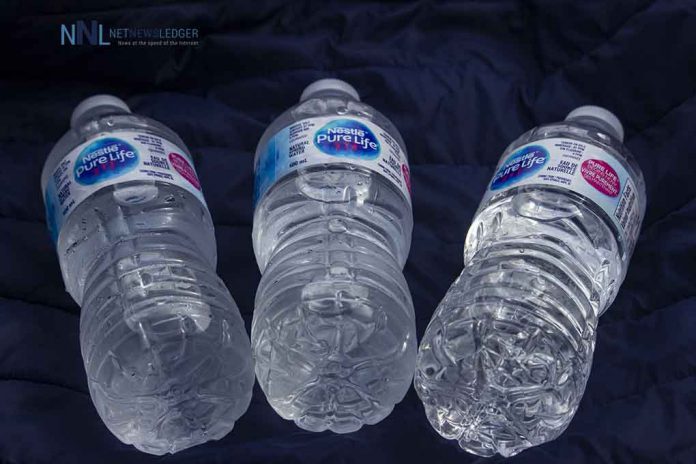Drinking water contamination is a major concern for people living in rural areas, as they often rely on private wells and septic systems for their water supply. These systems can be prone to various issues that can lead to contamination, putting the health and safety of residents at risk.
One of the major causes of water contamination in rural areas is leaks. According to Plumbing Manufacturers International, 13.7% of water use is the result of leaks. These leaks can occur in the pipes that carry water to homes, or in the well itself. If not properly repaired, leaks can lead to the contamination of water with bacteria, chemicals, or other contaminants.
Another potential issue with private wells is the lifespan of the well water pump. According to YourH2Home, the average lifespan of a well water pump is 10-15 years. If the pump is not properly maintained or replaced when necessary, it can fail, resulting in the contamination of the water supply.
Septic systems are another common water source in rural areas, and they can also be a potential source of contamination if not properly maintained. According to Bio-Sol, a properly functioning septic tank should be able to terminate 25-35% of the biochemical oxygen demand load and a minimum of 60% of the solid waste. If the septic tank is not functioning properly, it can lead to the release of harmful bacteria and chemicals into the soil and water supply.
How Rural Canadians Can Protect Their Drinking Water Supply
There are several steps that rural Canadians can take to protect their drinking water and prevent contamination. One of the most important is to regularly maintain and repair their water systems, including their wells, pipes, and septic tanks. This includes replacing pumps and other equipment when necessary, and regularly inspecting and cleaning septic tanks.
It is also important for rural Canadians to be aware of the potential contaminants that may be present in their water supply, and to test their water regularly to ensure it is safe to drink. This can be done through a variety of methods, including using home test kits or sending samples to a laboratory for testing.
In addition to regular maintenance and testing, rural Canadians can also protect their water supply by being mindful of the chemicals and substances they use in and around their homes. This includes avoiding the use of pesticides and fertilizers near their water source, and properly disposing of hazardous materials to prevent contamination.
In addition to the potential issues with private wells and septic systems, there are other factors that may increase the risk of drinking water contamination for rural Canadians. One such factor is the lack of access to a centralized water treatment facility. In urban areas, water is typically treated at a central facility before being distributed to homes and businesses. This ensures that the water is safe to drink and meets certain standards for quality.
However, in rural areas, this is often not the case. Many homes and businesses rely on individual wells or septic systems for their water supply and do not have access to the same level of treatment and monitoring as those in urban areas. This can increase the risk of contamination, as there may be fewer safeguards in place to prevent contamination from occurring.
How to Handle Agricultural and Industrial Byproducts
Another factor that may increase the risk of drinking water contamination in rural areas is the presence of agricultural and industrial activities. These activities can produce chemicals and other substances that may find their way into the water supply, potentially contaminating it. This is especially true if these activities are located near a water source, such as a well or stream.
Additionally, rural areas may be more vulnerable to natural disasters, such as floods or earthquakes, which can also lead to water contamination. For example, a flood may cause water to become contaminated with bacteria or chemicals from the surrounding area, making it unsafe to drink.
Overall, it is important for rural Canadians to be proactive in protecting their drinking water and preventing contamination. By regularly maintaining and testing their water systems, and being mindful of the chemicals and substances they use in and around their homes, they can help ensure that their water supply is safe and clean.





